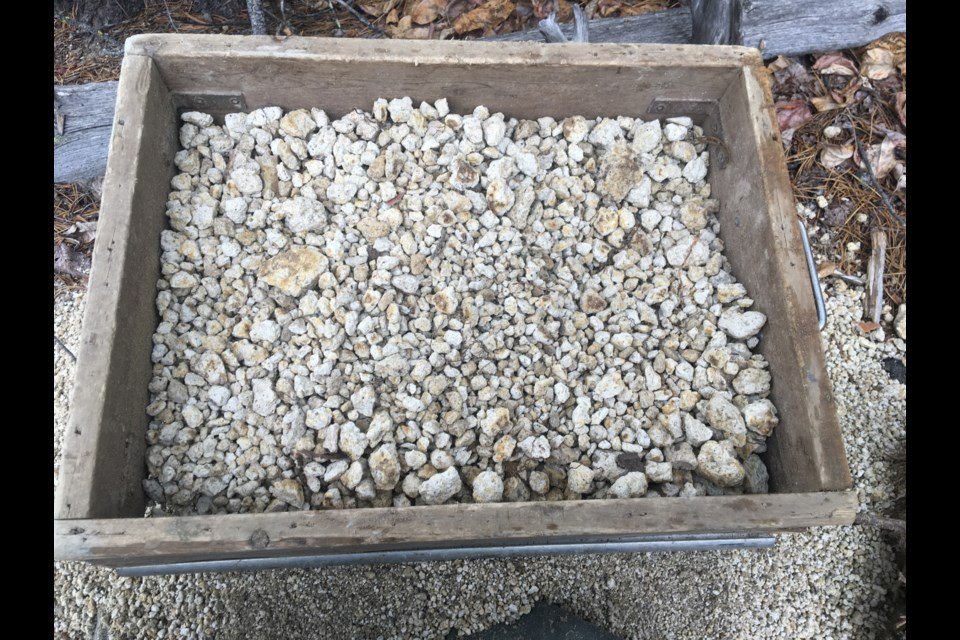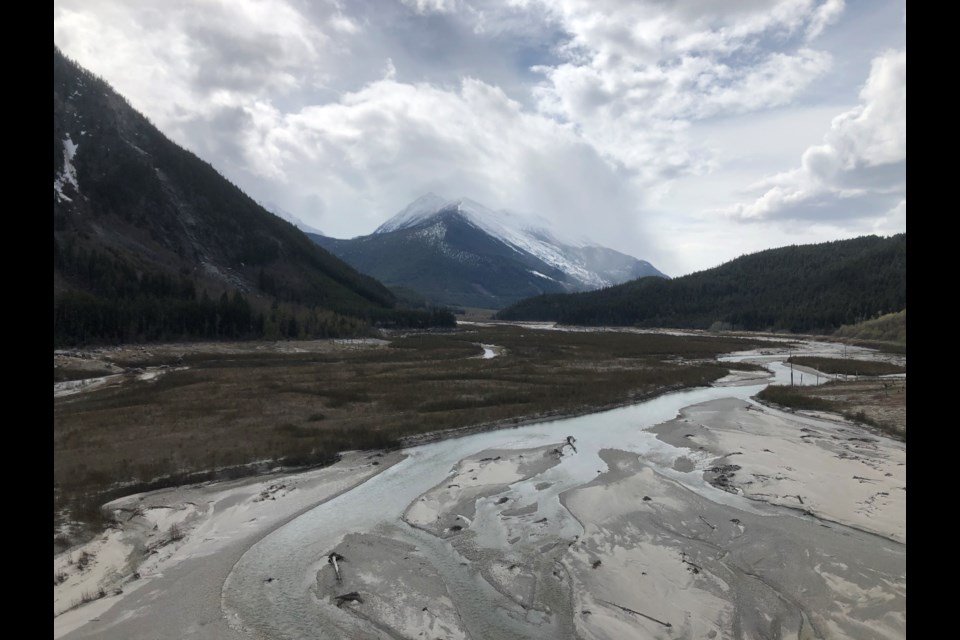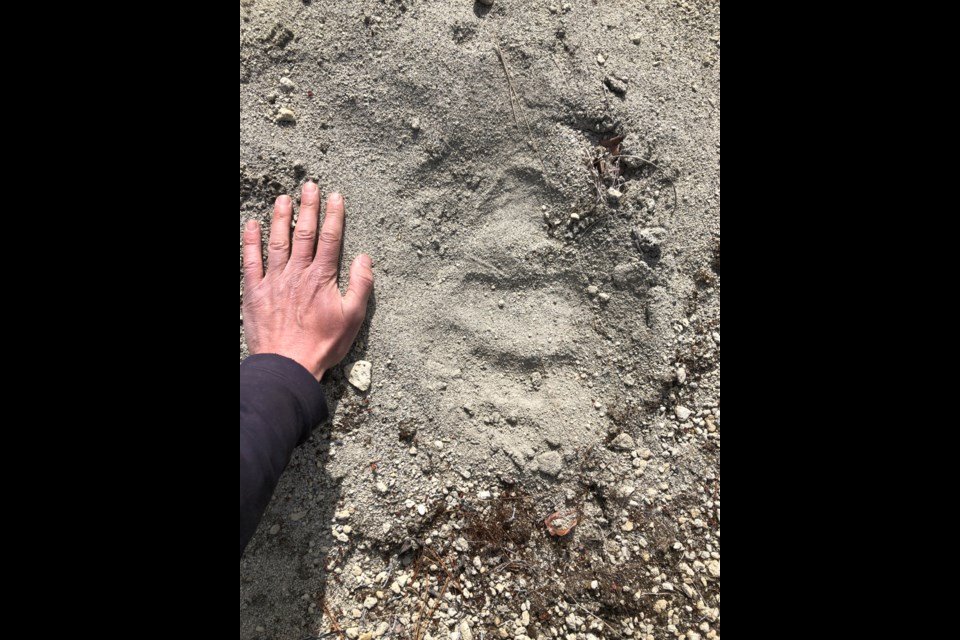Many years ago, early in my (Matt Begg’s) career as a professional archaeologist, I was sitting around a campfire with a couple of colleagues, one of whom was an accomplished faunal analyst (someone who analyzes bones, or fragments of bones, found at archaeological sites).
I asked my colleague about dogs, specifically, what did the average village dog in the Southern Interior of British Columbia look like?
He pointed at my medium-sized, mixed-breed brown/black/tan/white dog and said, “Probably a lot like him.”
Many of us have heard about some of the specialized dog breeds in pre-contact B.C., such as the Salish hair dog, but we don’t hear much about the average, run-of-the-mill village dog that was living alongside, or with, the pre-contact inhabitants of our region.
I’ve always had somewhat mixed-breed dogs — the good-to-a-free home or sprung-out-of-the-pound variety. They’ve always been medium-sized and somewhere between one breed or another.
Is this what the village dog looked like? Were they anything like the Sadies, Fidos and Bellas we know and love today?
Domestic dogs have been identified in archaeological sites around the world. Research looking at dog remains excavated from pithouse village sites along the middle Fraser River, near Lillooet, indicates their presence alongside people during the last 2,000 years at least, though we can assume for much, much longer.
At the Keatley Creek site, for example, the remains of at least 15 domestic dogs were uncovered during academic investigations (Crellin and Heffner 2000:162).
In a recent publication, the function of dogs in mid-Fraser village sites are hypothesized under four categories: hunting aids, sources of labour, indicators of wealth or free roaming.
The archaeological evidence is compared to ethnographic descriptions and some broad conclusions can be made.
Free-roaming village dogs were likely ubiquitous in pre-contact villages, serving as refuse cleaners (think of any food you drop on the floor or disposal of waste products), warnings of nearby dangers (I have a dog that warns me about approaching snowplows) and, likely, as companions.
Ethnographies in the middle Fraser describe dogs as forms of wealth, providing dog hide clothing, dog skin quivers and sources of meat. The use of dogs as labourers is not well documented in the archaeological record, but at least one set of dog remains found at the Keatley Creek village site suggests it may have served to pack goods, such as hauling fish up from the river (Prentiss et al. 2021, Crellin and Heffner 2000).
Although there is still some uncertainty surrounding what those free-roaming village dogs would have looked like, the excavated remains of Canis familiaris in middle Fraser village sites show a distinction between domesticated village dogs and wild canines (wolves and coyotes).
Notably, village dogs are described as being smaller than wolves, but more robust than coyotes, with shorter muzzles than their wild relatives.
We can’t know for sure what these dogs looked like, but we suspect their genes continue to be passed down through modern dogs.
Whenever I’m at a dog park, I overhear conversations about dog breeds — the particular modern breeds that fit into narrow categories or suggestions about the various breeds that went into creating the mutts to which I am drawn.
Whenever I watch my dog clean up after a campfire or warn me about nearby wild animals (or snowplows), I wonder if she might be, at least partially, a descendent of the village dogs of the past.
Alysha Edwards is a St’at’imc archaeologist currently at graduate school at the University of Montana and Matt Begg is a Kamloops-based archaeologist. Interested in more? Go online to republicofarchaeology.ca.




